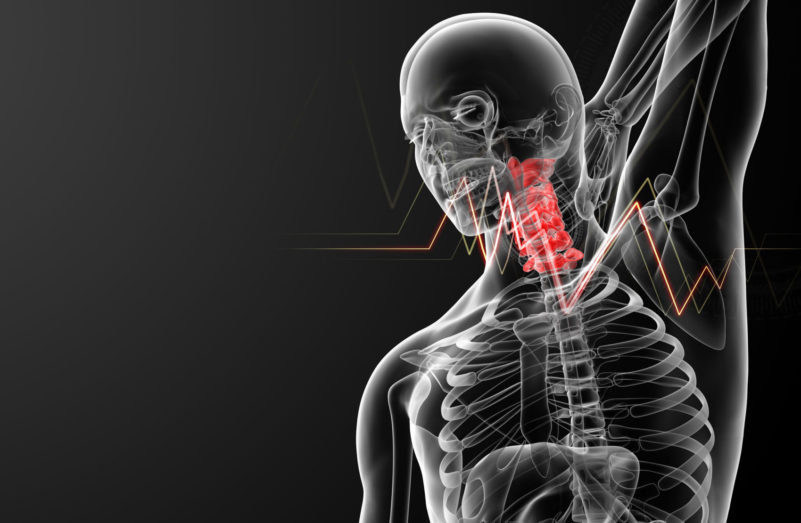The Spinal Column / Vertebrae
The spinal column is made up of 33 bones, called vertebrae, which stack one on top of another with intervertebral discs between, and connecting at, the facet joints. The spinal column supports the load of the upper body, serves as an attachment point for muscles and ligaments that provide constrained motion, and protects the spinal cord.
There are five regions of the spine
- The top seven vertebrae make up the cervical (or neck) region.
- The next 12 vertebrae are attached to the ribs and make up the thoracic (or chest) region.
- The next five vertebrae support most of the weight of the torso and make up the lumbar (or lower back) region.
- The next five vertebrae are fused into one bone called the sacrum.
- And the final four vertebrae are fused to make up the small coccyx (or tailbone).
Spinal Nerves
The shape of the vertebrae allow for the passage of the spinal cord from the brain to the lower part of the body through the spinal canal. Spinal nerves stem from the spinal cord and exit the spinal column between each vertebra on both sides. The spinal cord ends at the upper lumbar region, below which is a bundle of spinal nerves called the cauda equina. After exiting the spinal canal, these spinal nerves then further entwine and extend to send signals between your brain and your organs, muscles, and other tissues. The lumbar spinal nerves innervate your lower back, abdomen, and legs. If any of these nerves are pinched by a bulging disc or the position of your vertebra, you might experience back, groin, and/or leg pain or numbness. The spinal nerves include: Exiting nerve and Cauda equina.

Back and Trunk Muscles
The final stabilizers of the spine are the muscles that attach to it. The paraspinal muscles, which extend along the center of the back, are often the source of pain, both before, and often after surgery (from the surgical approach).
Spinal Ligaments
Ligaments are tough bands of elastic tissue that connect bones together and help to restrain excessive motion at the joints. The five spinal ligaments, which help to stabilize the spinal column during motion, include:
- Supraspinous ligament
- Interspinous ligament
- Ligamentum flavum
- Anterior longitudinal ligament
- Posterior longitudinal ligament

Intervertebral Discs
Each vertebrae in the spinal column is separated by an intervertebral disc (except the fused bones of the sacrum and coccyx). These discs are made up of a tough, elastic outer ring of collagen fibers (annulus) surrounding a soft gel center (nucleus). The discs cushion the spine during loading and bending activities. The aging process naturally causes the discs to lose water over time; this is known as the degenerative process. Degenerated discs don’t cushion the spine as well as normal discs, which can lead to disc herniation, pain, and instability.
